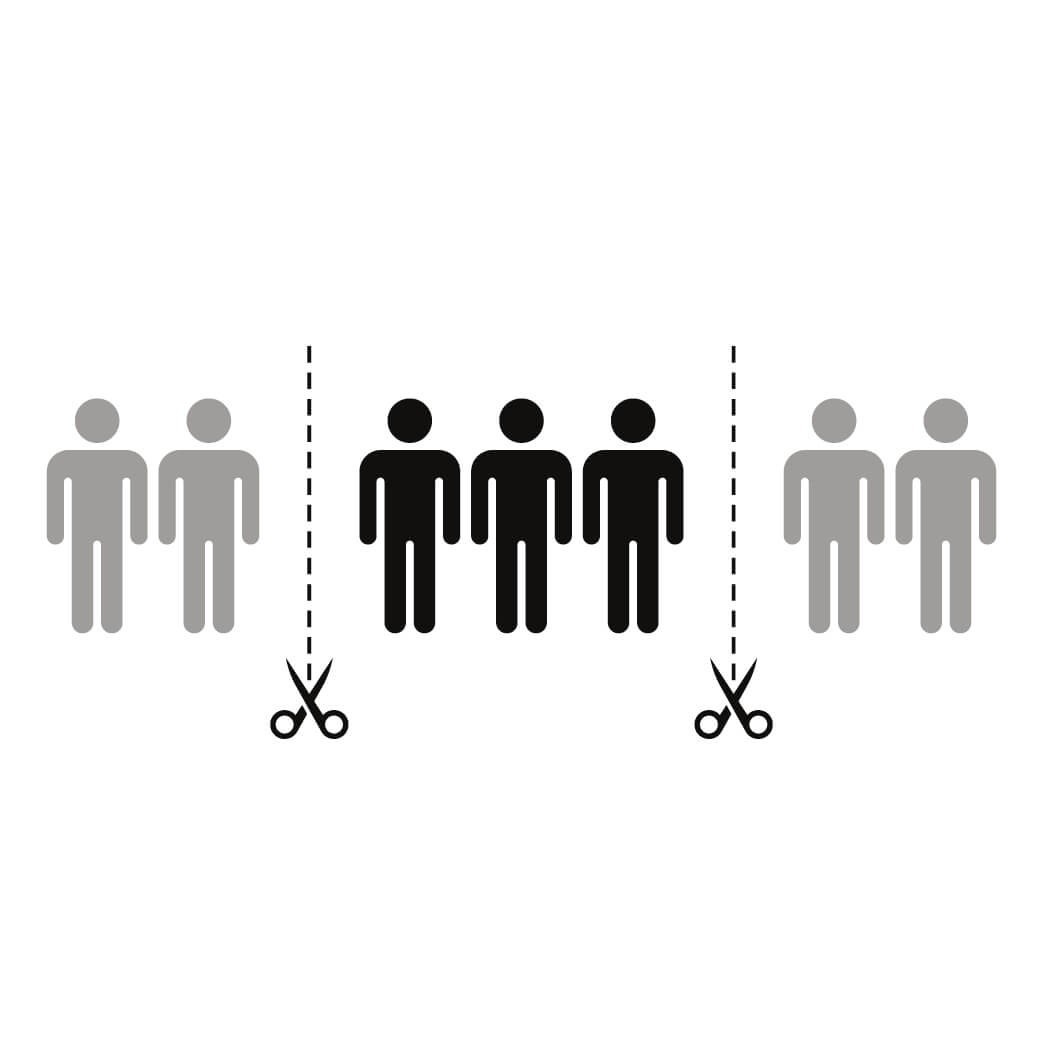
As many of readers of these essays already know, I own a 1971 Buick Riviera GS “The Batmobile” as most people call it, due to the “Boat-Tail” rear that it is famous for.
After I bought it on eBay 20 years ago and began to work on it, I noticed that a couple of key GS-specific parts were missing. That led me to two possibilities: the car was old enough that it was indeed a genuine GS and those parts had just been replaced incorrectly over the years or… it had been “badge engineered” – which is to say that someone spent $20 on a pair of GS badges and affixed them to the fenders and, “Hey presto, it’s a GS!” (For those wondering, a fire at the factory lost the build-sheets for many 1971’s, mine included, so I can’t confirm.)
Luckily for me, I don’t really care that much, but, to be open and honest, I have not removed the badges either; so I guess I sit comfortably with the plausible deniability.
But the “badge engineering” was on my mind this morning as I was walking our dog with my wife. We recently moved and so I have been out walking and exploring the neighborhood(s). I was complaining to her that I’d walked up one some-name Drive and it turned out to be a dead end. To which I said, “Why did they call it ‘Drive’ then? A drive is meant to go somewhere, vs a ‘Place’ which is a dead-end.” Such words have actual meanings. I mentioned that the word “Avenue,” for example, is supposed to be tree lined. My wife shot me a look that said, “You sweet, idealistic fool” (I concede that the “sweet” and “idealistic” may have been imagined by me…). As she said, “I grew up on an Avenue in New Jersey and I can tell you, there was not one tree.”
And, of course, she is right. As I poked further into this, no surprise, many developers took names that connote one thing – usually wealth – such as Avenue with trees or Boulevard – which means a wide street with a median down the middle – and attached them to any old street in a development to make it sound fancier.
Badge engineering.
But it is also a bill of goods. Kind of a con. Selling something short. All about the money. Sadly, this is all too often used to make something seem fancier than it actually is, to sell for more money and/or to a wider audience. But, much like me leaving the GS badge on, we are often very complicit in the badge engineering. We want it to be true, so we go along with it.
Most of us would speak forcefully against being manipulated, but the truth is that we just want the manipulation to be deniable – even, or perhaps especially, to ourselves.
I was recently reading an NYT article about “Superfakes;” bags and clothing that are fake versions of premium luxury brands like Hermés and Bottega Veneta yet at a quality so high they are difficult, even for experts to differentiate from the original. I remember my friend Steve, who spends a lot of time in China, telling me about this a few years back. He was in the “fake-watch capital of China” and said that in the world of fake Rolex, there was the cheap $5 knock-off that was good from 10 feet away. Then the $20 version that looked and felt really good. But the $200 version… you could not tell the difference with the real thing.
This has become a big problem on the counterfeit front.
What was hilarious – and yet also sad to me, was that one counterfeit ring, “187 Factory” has managed to make a name for itself and now people tout that they have an “original 187 Factory” and not some regular knock-off. This how much we crave to be special. Or how much the world has taught us to need it. (This is especially sad because there is no actual 187 Factory – those bags come from a large number of factories that now take advantage of using that name.)
What makes brands so powerful (and so frightening) is that we pay too little attention to the manipulative forces at play. That fact that so many of what we imagine are our decisions are actually made by others. If you have not seen the “Cerulean” scene from The Devil Wears Prada – please make sure you do. (And understand that the same applies to almost everything in your world.) Outside of community, nature, love and food, the only reason you “want” most things, from what you wear to what attractive means, is because you’ve been conditioned to do so.
Compliance to this system keeps Jupiter-sized wheels of commerce spinning and so colossal amounts of money and societal pressure are expended to ensure your compliance; but executed skillfully enough so that you don’t register it’s happening. Unfortunately, it is not one-size-fits-all, so these powerful forces play a little differently in each person and for some, over time, they produce extremely deleterious results and habits. The Machiavellian genius that has tied our identity and “success” to money and “stuff” ensures that for many, including even super-wealthy individuals, it is a hole that can never be filled to contentment. The resultant emotional swirl, nowadays super-charged by personalized, conflict stoking algorithms on social media can lead to envy, anger, depression, substance use issues, conflict, abuse, hopelessness, suicide, that are often passed on generationally. Our parents spend years passing on their values and, thus both demonstrably and instructionally, their definition of “normal.” This mental inheritance does not come with an easy “edit” option.
But there is a silver lining. Those same manipulation tools that fill the world with processed food and soda, that make you think life would be better if you only drove a nicer car, were 10 pounds lighter or had a more understanding spouse, can also come into play in the opposite direction.
There is a phrase in fairly common use recently, “It’s OK to sometimes not feel OK.” That is an important concept to internalize. The world of social media and advertising tells us that we should be happy and smiling at all times; the pursuit of that fallacy can be very corrosive. The relentless drive for consumption and “more” takes a toll.
As another saying goes, “Love what you have,” – peace and contentment reign in that world, but you have swim against the tide of modern life to get there.
This is the first time I’ve marshalled the capacity to write an essay in about five months. Working on bringing our new suicide prevention campaign, STAY, to life cost me much more mentally than I ever realized it would. Walking alongside so much sorrow and loss for a couple of years took its toll. My price was being low for months. Many pay a much steeper price. I needed to take time to feel OK again. I’m happy to say I do. But the experience, all of it, was life affirming and so very worth it.
In the STAY campaign, we deploy reperceptualization tools to make our request acceptable: To stay, to give living a chance and to make use of resources to find a path to a better, healthier life.
In truth, we all, you included, could benefit from detoxifying on modern culture. To realize how little we need most things – but how much we need a precious few. Call a friend. Read a hopeful book. Get in the habit of walking. Drink (and eat!) a little less. Love your fellow humans. Especially the ones you live with.
STAY and be good to yourself. STAY and be aware of the forces that are not working for your best life. And find, inside yourself, love and compassion for all the people who are struggling, just like you may be in your own way.
If you’d like to see the STAY campaign, you’ll find it here.

When humans face true cataclysm, we pull together. When it’s about money and power, not so much.

When people see public health messages directed at them, they are very aware that others can see them also and it can trigger concern of how other people in the community now think about them.
People seek to have power over their own lives. Teens, adults, older adults – everyone. What happens when they feel powerless? What happens when you or your communications make them feel they have less power?
The way we talk to others demand that they accept an identity for themselves, and sets up a particular relational dynamic. If we're not careful, that identity can be stigmatizing or turn away the very people we're trying to help.
Get the latest posts and updates delivered to your inbox.